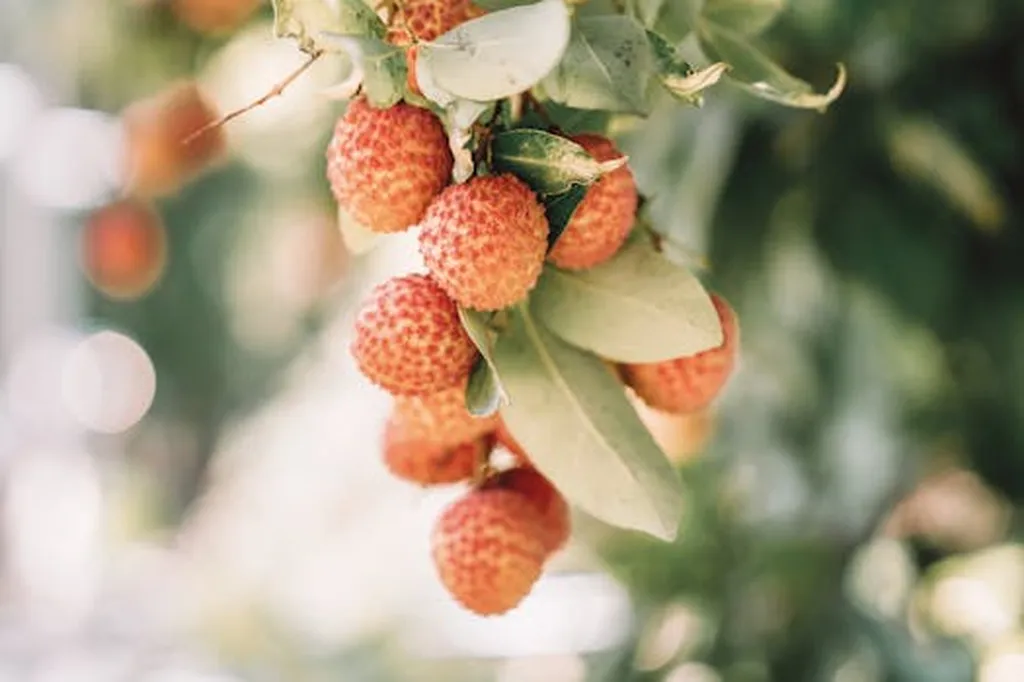In the quest to revolutionize fruit farming, researchers have discovered a novel approach that combines agronomic techniques with cutting-edge technology to enhance fruit detection in orchards. This innovative method, detailed in a recent study published in *Agronomy*, could significantly impact the agriculture sector by improving yield estimation and paving the way for automated harvesting systems.
The study, led by Jing Wang from the Key Laboratory of South Subtropical Fruit Biology and Genetic Resource Utilization at the Guangdong Academy of Agricultural Sciences, focuses on litchi fruit detection using unmanned aerial vehicles (UAVs). The challenge lies in the complex canopy architecture and leaf occlusion that often hinder accurate fruit detection. To address this, the researchers proposed a collaborative optimization strategy that integrates deep learning with agronomic techniques.
The team applied three different leaf thinning intensities—0, 6, and 12 compound leaves—at the early stage of fruit development. Their goal was to evaluate the effects of defoliation on fruit growth, canopy structure, and detection performance. The results were promising. Moderate defoliation, involving the removal of six compound leaves, significantly enhanced canopy openness and light penetration without negatively impacting yield or fruit quality.
“Moderate defoliation strikes a delicate balance,” Wang explained. “It opens up the canopy just enough to improve detection without compromising the health and productivity of the fruit.”
Subsequent UAV-based detection under moderate versus no defoliation treatment revealed substantial improvements in detection performance. The YOLOv8-based model achieved a mean average precision (mAP) increase from 0.818 to 0.884 and an F1-score improvement from 0.796 to 0.842. These enhancements highlight the potential of integrating agronomic practices with advanced technology to overcome traditional bottlenecks in fruit detection.
The implications for the agriculture sector are profound. Accurate and efficient fruit detection is crucial for rapid yield estimation, which can inform better decision-making and resource allocation. Moreover, this approach lays the groundwork for automated harvesting systems, which could revolutionize the way fruit orchards are managed.
“This research demonstrates that agronomic techniques can be strategically used to enhance AI perception,” Wang noted. “It’s a significant step forward in the integration of agricultural machinery and agronomy for intelligent orchard systems.”
As the agriculture sector continues to evolve, the fusion of traditional farming practices with modern technology will be key to driving innovation and sustainability. This study not only highlights the potential of UAVs and deep learning in fruit detection but also underscores the importance of a collaborative approach that leverages the strengths of both agronomy and technology. The findings could shape future developments in the field, offering new possibilities for efficient and intelligent orchard management.

